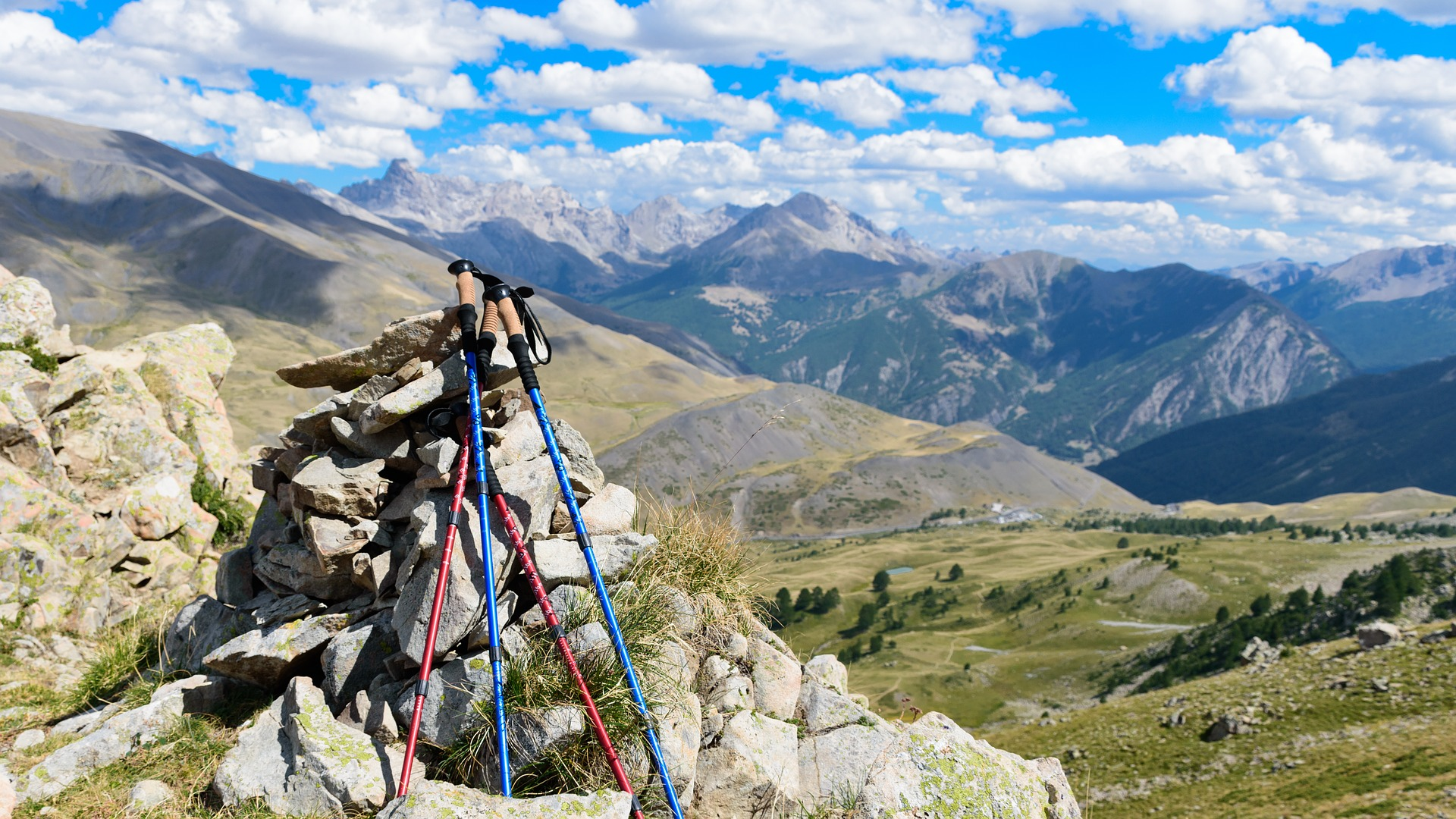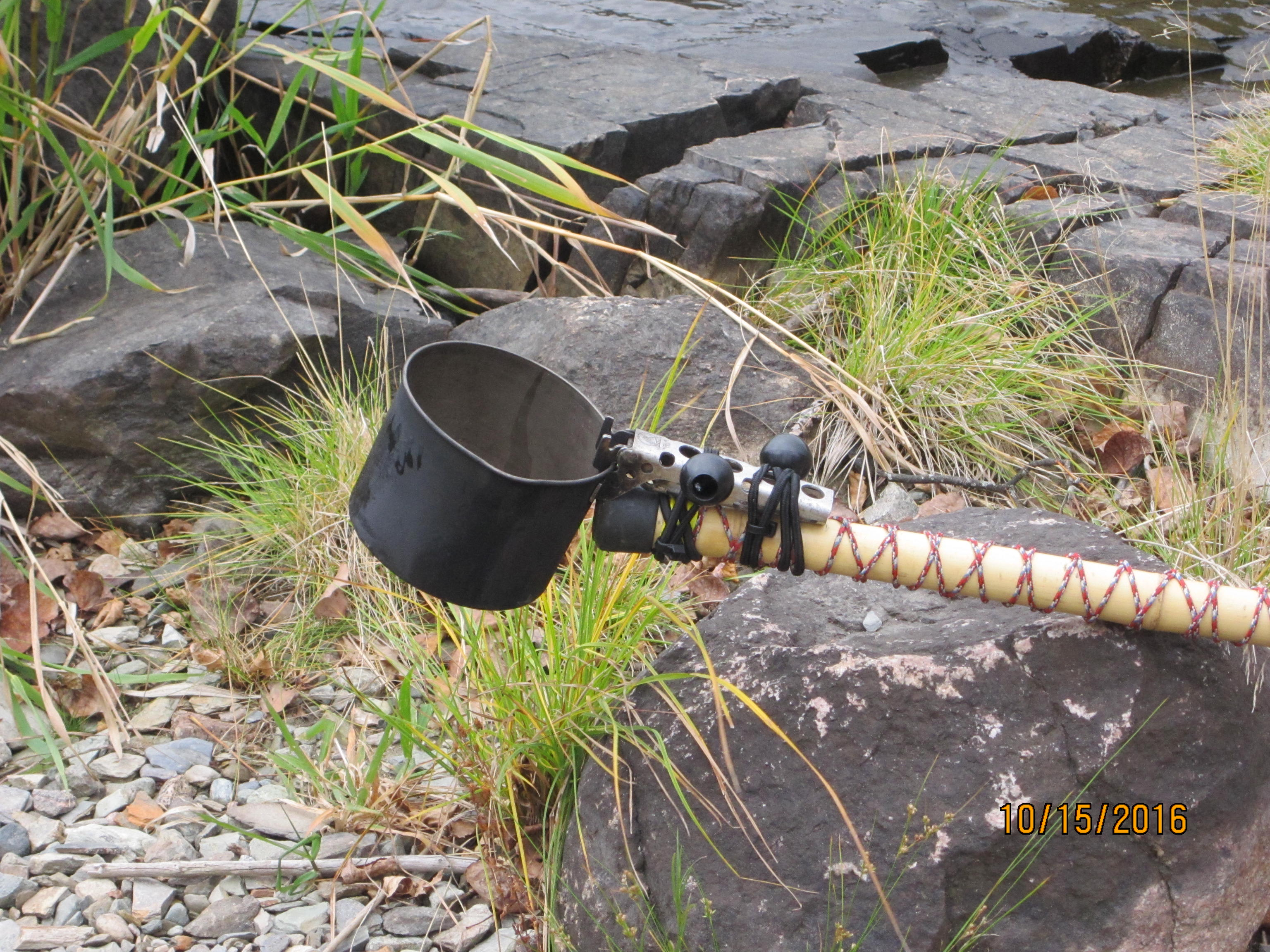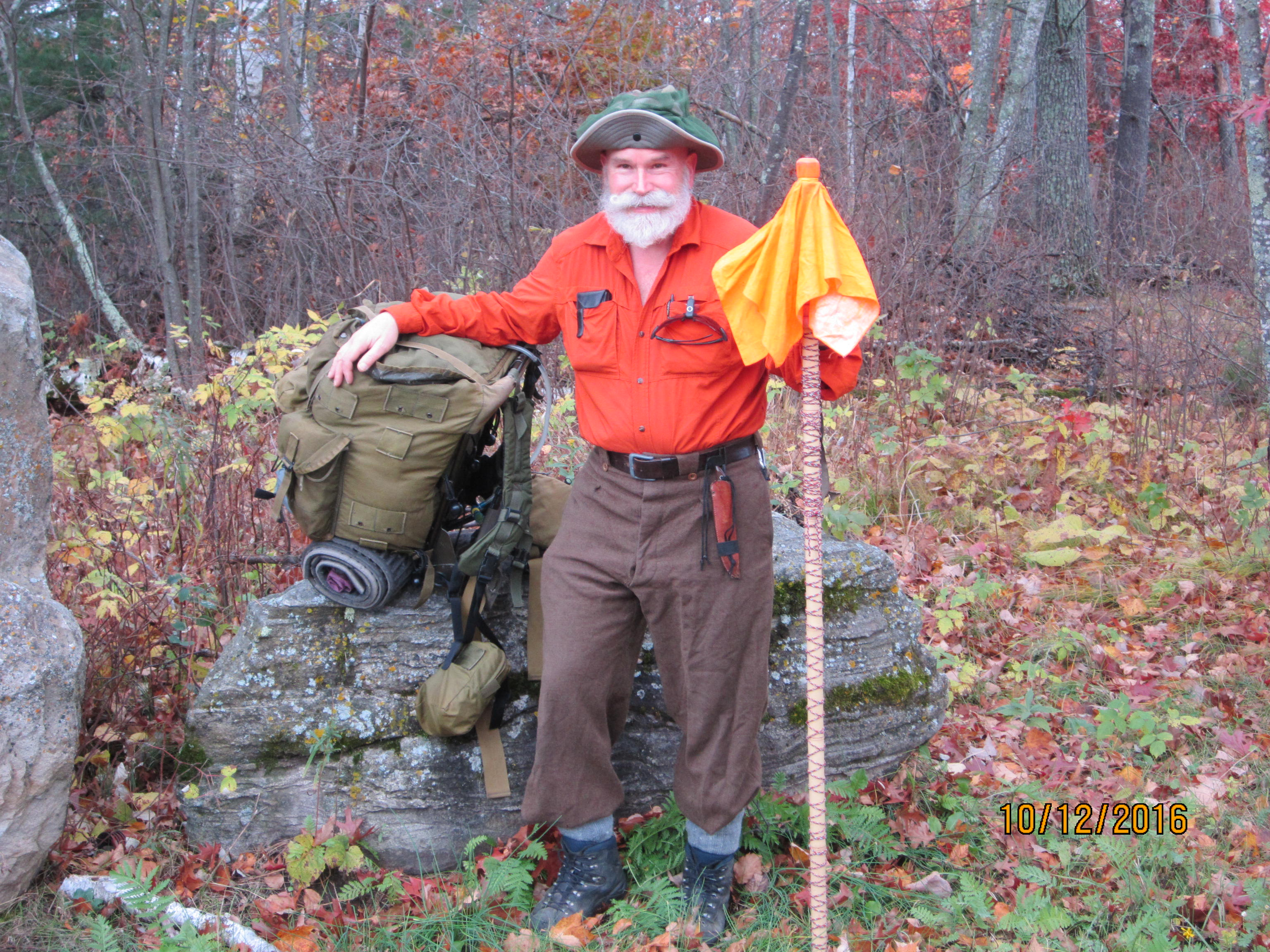- Home
- The Littlbug Blog
- Your Outdoor Skills: Using Walking Sticks on the Trail and in Your Camp
Recent Posts
Your Outdoor Skills: Using Walking Sticks on the Trail and in Your Camp
Posted by on
Walking sticks are one of our favorite hiking and backpacking accessories. Their versatility comes in handy on the trail, helping you become a better hiker and reducing your risk of injury. Their use doesn’t end when you’re finished walking. At camp , we’ve used them to reach water to fill our water bag, provide shelter and even support our hammock when the trees are too far apart!

Safety and Efficiency on the Trail
A walking stick, or if you prefer, a set of trekking poles give you more points of contact with the earth. This increases your energy efficiency by transferring some of your weight from your legs to your arm and the pole. Your pole helps propel you forward as you move it along with your stride. This becomes helpful when climbing hills because you can use your pole to push off of and lean into as you climb. You can also use it as a break when going downhill, helping reduce the impact on your joints.
Hiking trails cover a variety of terrain. You may need to cross a raging river or traverse a narrow ridge. You can use your pole to help you stabilize yourself against a river’s strong current or use it as an additional anchor point as you traverse from rock to rock. It also helps you keep your balance as you navigate exposed areas and hike along icy terrain, reducing your risk of falling.
Your hiking stick gives you extra length to test conditions. You can measure the water’s depth in front of you with the pole when crossing a river. You can also use it to test a rock’s stability to see if it is safe to step on.
Versatility
Whether searching for wildflower fields in the summer or snowshoeing off trail through the forest in the winter, you can take your trekking poles with you. Trekking poles are especially handy in the winter months when you encounter icy areas.
Sometimes water is just beyond a safe reach. With a hiking stick, you can safely scoop water. Here is an example of how to do it.

Your hiking stick can also act as a tent pole, allowing you to create a shelter with almost anything anywhere. We have even used our hiking stick as an anchor point for a hammock. You can read more about our hammock camping tips and see our hiking stick modification here.
While a hiking stick can help you reduce your risk of injury, an injury can still happen while out on the trail. In the unfortunate event of an injury, like a twisted or sprained ankle, your hiking stick can be used as a crutch. You can lean on the stick or use it as another leg if you can’t put weight on your foot or leg. For a more serious injury, it can be tied to your leg and used as a splint. These temporary modifications can be crucial to helping you get out of the backcountry if you are injured.
Options
Hiking sticks come in all shapes and sizes. You can find trekking poles that are collapsible if you want to strap them to your backpack or minimize their storage space. You can also find adjustable hiking sticks and trekking poles that allow you to find your perfect fit. The rule of thumb for a proper fit is for your arm to be at a 90-degree angle when holding the trekking pole while standing straight with both feet planted on the ground.
You can also make your own hiking stick. Our favorite material is bamboo. It is light, strong and inexpensive. This makes the perfect combination to get the most out of your hiking stick. This is what Kent at Littlbug uses on his solo walkabouts. If you are interested in making one like this, feel free to contact Kent for more details (kent@littlbug.com).

When it comes to outdoor skills, the more you bring along, the less you have to carry. Skills don't break and they're never left behind! The next time you hit the trail, whether for a short day hike or a long backpacking trip, bring your skills, grab a hiking stick and experience the difference it makes on your adventure. Don't forget your Littlbug stove for easy cooking and to follow Leave No Trace principles.

 Loading... Please wait...
Loading... Please wait...








